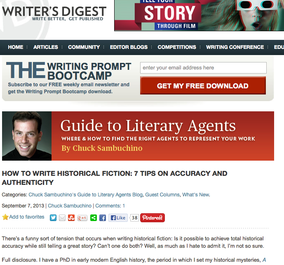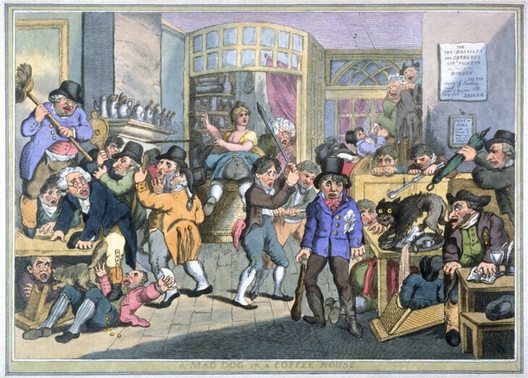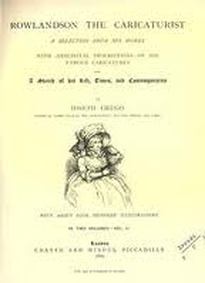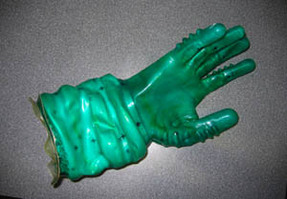 1677 Wing / 1528:11 1677 Wing / 1528:11 "Where do you get your ideas?" I don't know what it is about this question that drives some writers bonkers, but it's one we all get at book talks and literary events. In response, some authors take the humorous approach ("In Aisle Twelve"), and others try to ignore the question outright ("Next!") Some will roll their eyes and joke about banning the question before offering their response. Personally, I never really understood the reluctance because I love answering this question. I find it so much fun to tell people about the murder ballads that inspired my first novel, A Murder at Rosamund's Gate. I wonder sometimes whether the real question is not "Where did you get your ideas?" but really, "Where did you get your questions?" Because at the heart of all my books are questions I'm trying to answer, and I suspect this is the same for many authors, perhaps particularly those who write crime fiction. Indeed, I get a lot of my ideas--and questions-- simply by poking around the Early English Books Online. For example, I've been thinking a lot about poisons lately--because, you know, writer--and I came across this gem. The story from 1677 pretty much writes itself! "Horrid News from St. Martins: Or, Unheard of Murder and Poyson. Being a true relation how a girl not full Sixteen years of age murdered her own mother at one time, and a servant-maid at another time with ratsbane. As also, how she very lately gave poyson to two gentlewomen that since met her Mother's Death kept and maintained her. Upon which being apprehended, she has confessed the former villanies, and was on Tuesday last the 19th of this instant June, committed to Prison, where she now remain."  What a great story, right? A sixteen-year old serial killer poisoning the women closest to her? What's up with that? And with ratsbane? That's not an easy way to go either... So of course I have lots of questions... This story may not make it into one of my novels, or who knows? It could be the crux of the whole tale. But the point is, ideas don't come fully formed, they come in bits and pieces. The important thing is what we do with those ideas--the questions we ask when we ponder different ideas. It's not just whodunnit--its all the other questions that drive the story forward. I think, ultimately, that the idea is not a story until the writer learns to get beyond the "What happened?" and begins to ask "Why?" But what do you think?
2 Comments
Guest Post in Writer's Digest: Balancing authenticity and accuracy while writing historical fiction9/8/2013  My post in WD appeared Sept 6, 2013 My post in WD appeared Sept 6, 2013 A few years ago, when I was first trying to figure out how to get my debut novel A Murder at Rosamund's Gate published, I came across Writer's Digest. Full of advice for the fledgling writer and published author alike, Writer's Digest gave me some great insights into what I needed to do to polish my manuscript and write a compelling cover letter. (I mean, tell me it's not important to know "How to see your work through an agent or publisher's eyes?" or, "Knowing when to stop: Expectations for a satisfying ending.") So I really appreciated the opportunity to write a guest post, "How to write historical fiction: 7 tips on accuracy and authenticity" for Writer's Digest. In this post, I talk about the tensions I've experienced as a historian-turned-novelist, while writing historical fiction. I also try to offer a few strategies that have worked for me in reconciling these tensions. Check it out! And while you're there, try out the daily writing prompt! Although I have to giggle, because today the prompt is: "You are a local news reporter for a failing network. Your boss tells you to ramp up the news by getting “creative” and constructing your own stories. What’s the first fake news story you create and broadcast on air?" Fake News! Totally fun! Accuracy Shmackeracy! If you do take up the challenge, will you post it here too? I'd love to see it!  English: "A Mad Dog in a Coffee-House" (1809) by Rowlandson, showing a rabid dog terrorizing a coffee house in 18th century England (possibly Garrison's or Jonathan's, near the Exchange) Such chaos! Such mayhem! Okay, that's all I've got. There's a caricature in here somewhere, but I'd have to do a little research to figure it out. Unfortunately, I don't have the time... Once again, I need to take an extended coffee break, aka temporary blog hiatus. I knew I was having a minor problem when I kept starting posts with no time to finish them.
So I'll be finishing gallons of coffee in my attempt to balance work, teaching and writing...all while doing publicity stuff for A Murder at Rosamund's Gate...did I mention that it's coming out April 23? :-) But I'll be back soon! In the meantime, I'll leave you with the above image as a writing prompt. What's going on here? What schemes are afoot? Or most simply of all, Who let the dog in? Happy writing!  ********************************************** A QUICK EXPLANATION OF THE IMAGE!!! I just had to research the meaning behind this image (despite being on my self-imposed blog hiatus). In doing so, I came across this interesting work by Joseph Grego, who wrote extensively about Rowlandson in 1922. He offers an interesting explanation of the painting that gets at the shifting economic concerns at the time. In his own inimitable words, Grego writes: "March 20, 1809. The advent of a nondescript animal, … assumed to be a ferocious mad dog, has produced the utmost terror and confusion amongst the grave frequenters of a mercantile coffee-house… All the city brokers, and pillars of change found therein are seared out of their sober senses; some…are paralyzed with fear; others are trying to creep under the tables; a few are seeking escape by the door which they are effectually blocking; and groups of affrighted fugitives are endeavoring to gain the refuge of the staircase….Comfortable citizens are thrown on their backs, like turtles, and trodden on, while the pressure of viler bodies above is expressing a stream of specie from the well-filled pockets of the overthrown…." So what does all this mean? Essentially, something seemingly innocuous has pervaded the economy, and it will cause mayhem. The explanation for this mayhem apparently can be found on the advertisment (notice) stuck on the back wall, which offers an important piece of shipping intelligence. The notice warns 'lay off Barking Creek," the location of a large fishing fleet in London. Barking Creek...rabid dog, get it? (but now back to writing!)  the gauntlet has been thrown I've been in Brownsville Texas doing some talks, so I didn't notice right away that Jaynes had thrown down a gauntlet. I had written about how writers might choose to describe scenery. Or, they could instead have their characters interact with scenery as they would another character. So just for fun I dashed off my first and only attempt at science fiction. (I write mysteries, remember!!!). So Jaynes wrote: "I would be amused if everyone took a shot at a paragraph describing what happened next with the pebble. I think I sense some other writers responding on this blog. We could see how we measure up to your talent...Little friendly competition..." DONE! GAUNTLET ACCEPTED! I've given you the prompt--now you can write the next paragraph. Tell us what those "pebbles" really are! "As Larry stepped cautiously down from his craft, his boot sunk a little deeper down into Gale Crater than he had expected. What he had thought would be thickly-layered bedrock was actually more sponge-like in its composition. This was not the first time the Motherland's Minister of Science had been wrong about a planet. He kicked one of the many brown pebbles strewn across the landscape. "It's going to take me forever to get to Mount Sharp," he muttered to himself. "Why'd the General tell me to land here? The mountain's at least three kilometers to the north." He checked the temperature gauge on his suit. 46 degrees. "Geez, it's dropped at least 10 degrees since I landed." Out of the corner of his eye, he saw one of the pebbles move. "Uh, oh." He groaned. "That's no pebble!" Well...if it's not a pebble...what the heck is it? You tell me! |
Susanna CalkinsHistorian. Mystery writer. Researcher. Teacher. Occasional blogger. Categories
All
Archives
May 2023
|
 RSS Feed
RSS Feed